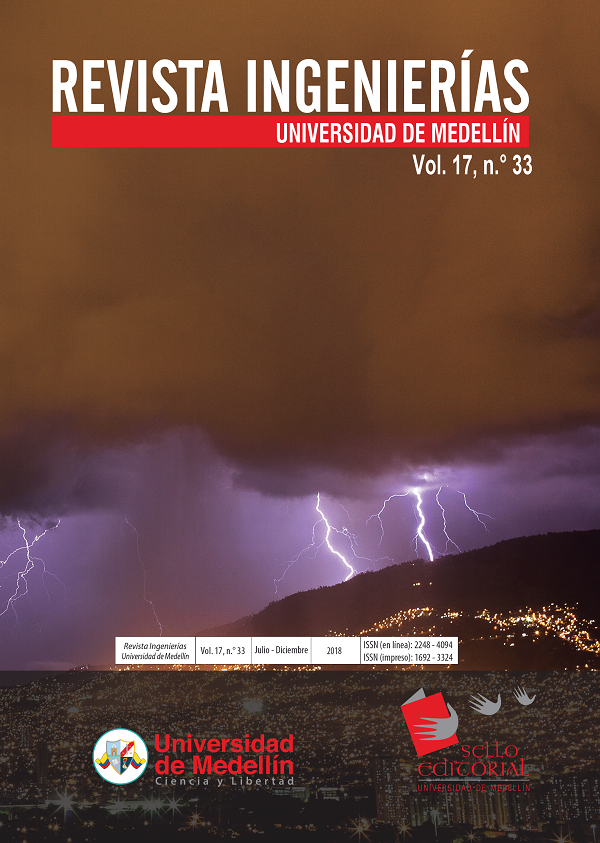VS.Net Add-on for Optimal Definition of Black Box Software Testing Using Covering Arrays
Main Article Content
Abstract
Software testing can exceed 50% of the total cost of a software project, which is why companies need an alternative to reduce their cost and time of implementation. This research proposes the use of combinatorial structures known as Covering Arrays (CA) and Mixed Covering Arrays (MCA), which guarantee the detection up to 100% of errors with a minimum amount of testing. With this approach, a Visual Studio.NET add-on was developed for the optimization of the tests and its use was evaluated with students of last academic term of Computer Science Engineering and of a software company. The results obtained are promising and motivate the research group to disseminate its work at the national level. The research project was funded by the Vice-Principal Office of Research of the Universidad del Cauca.
Article Details
References
[1] I. Burnstein, Practical software testing: a process-oriented approach, Luxemburgo: Springer Science & Business Media, 2006.
[2] J. Tuya, et al., Técnicas cuantitativas para la gestión en la ingeniería del software, As Somozas: Netbiblo, 2007.
[3] A. Mili y F. Tchier, Software Testing: Concepts and Operations, Nueva Jersey:Wiley Publishing, 2015.
[4] S. Nidhra y J. Dondeti, 'Black Box and White Box Testing Techniques ‒A Literature Review,' International Journal of Embedded Systems and Applications (IJESA), vol. 2, pp. 29-50, 2012.
[5] S. Anand, et al., 'An orchestrated survey of methodologies for automated software test case generation,' Journal of Systems and Software, vol. 86, pp. 1978-2001, 2013.
[6] C. P. Jayaswal y T. U. o. T. a. Arlington, Automated Software Testing Using Covering Arrays, Texas: University of Texas at Arlington, 2006.
[7] B. S. Ahmed, et al., 'The development of a particle swarm based optimization strategy for pairwise testing,' Journal of Artificial Intelligence, vol. 4, pp. 156-165, 2011.
[8] A. Arcuri y X. Yao, 'Search based software testing of object-oriented containers,' Information Sciences, vol. 178, pp. 3075-3095, 2008.
[9] G. J. B. T. S. C. Myers, The art of software testing, third edition. Hoboken, Nueva Jersey: John Wiley & Sons, 2012.
[10] N. Changhai y H. Leung, 'A Survey of Combinatorial Testing,' ACM Computing Surveys, vol. 43, pp. 11-29, 2011.
[11] S. A. Bestoun yK. Z. Zamli, 'A review of covering arrays and their application to software testing,' Journal of Computer Science, vol. 7, pp. 1375-1385, 2011.
[12] H. Avila-George, et al., Verificación de Covering Arrays: aplicando la supercomputación y la computación grid. Nueva York: Lambert Academic Publishing, 2010.
[13] H. Avila-George y J. Torres-Jiménez, Construction of Test-Suites: Omniscriptum Gmbh & Company Kg., 2015.
[14] F. J. Pino, et al., 'Using Scrum to guide the execution of software process improvement in small organizations,' Journal of Systems and Software, vol. 83, pp. 1662-1677, 2010.
[15] D. R. Kuhn, et al., 'Software fault interactions and implications for software testing,' Software Engineering, IEEE Transactions on, vol. 30, pp. 418-421, 2004.
[16] M. BrÄić y D. Kalpić, 'Combinatorial testing in software projects,' presentado en Proceedings of the 35th International Convention MIPRO, 2012, pp. 1508-1513.
[17] I. I. Márquez, Construcción de Torres de Covering Arrays. [En línea], Disponible: http://www.tamps.cinvestav.mx/defensa_2013_7, 2013.
[18] M. B. Cohen, et al., 'Constructing test suites for interaction testing,' presentado en the Proceedings of the 25th International Conference on Software Engineering, Portland, Oregon, 2003.
[19] M. B. Cohen, et al., 'Constructing strength three covering arrays with augmented annealing,' Discrete Mathematics, vol. 308, pp. 2709-2722, 2008.
[20] A. Rodríguez-Cristerna and J. Torres-Jiménez, 'A Simulated Annealing with Variable Neighborhood Search Approach to Construct Mixed Covering Arrays,' Electronic Notes in Discrete Mathematics, vol. 39, pp. 249-256, 2012.





